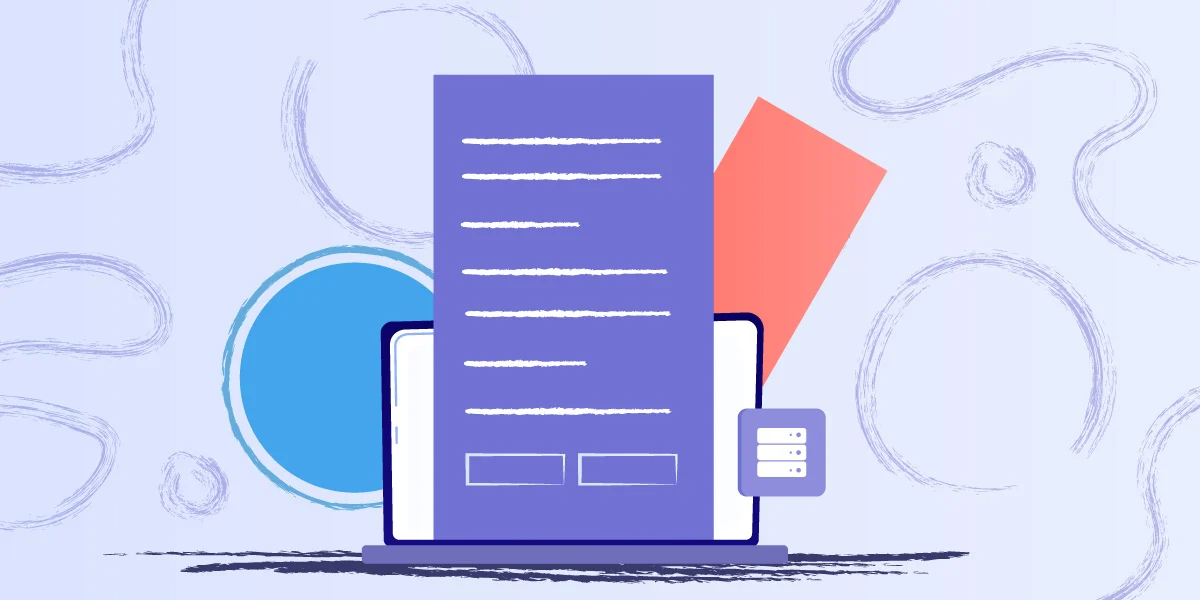When you hear someone talk about IP addresses do you feel as an jumbled mess? This is not uncommon. Mastering IP Subnetting is no joke but don’t despair: this ultimate cheat sheet subnet will make the process less of a daunting mystery! With this straightforward guide, you’ll develop the necessary skills to decipher the obscure details regarding subnets with accuracy and confidence. Whether you consider your network experience to be advanced or are just beginning to learn, every network administrator should know the fundamentals of IP addressing and the way it works in order to ensure that their networks to be functioning properly.
IP subnetting enables network administrators to control and optimize the network’s resources. To help you understand the many complexities of subnetting we offer an ultimate guide to subnetting. This complete guide, regardless of whether you are a novice or looking for an easy reminder will give you all the necessary knowledge and techniques for IP subnetting.
I. Understanding IP subnetting:
IP subnetting is the process of breaking down larger networks into subnetworks (or subnets) to improve the performance of the network and to manage IP addresses. It is the process of creating subnetworks that are logically separated within a larger network and assigning unique IP addresses for each subnet. This ensures effective data routing while increasing security.
II. Subnetting is a must cheat sheet:
Subnetting cheatsheets are useful tool for network administrators. The subnetting cheat sheet serves as an easy reference to formulas, subnetting regulations and strategies. It makes the process of subnetting more accurate and efficient. If you have to determine subnet masks or subnet ranges, calculate host and network ranges or do calculations for subnetting, having a cheatsheet on the go will help you save time and increase accuracy.
III. IP Subnet Cheat Sheet: Important Elements
1. Subnet Mask: The subnet mask determines the network and host part of an IP address. This cheat sheet provides a quick way to determine the subnet mask, by referring to the number of bits that are in the network.
2. Network Address The address that identifies the base subnet. It defines the subnet’s location within the larger network.
3. Broadcast Address Broadcast Address: A broadcast address is the top address in the subnet, and it is used to transfer information to all devices in that subnet.
4. Host range The host range is the list of valid IP addresses that can be assigned to devices within a subnet. It is not inclusive of network addresses and broadcast addresses.
5. CIDR Notation Classless Inter-Domain Routing (CIDR) notation represents the subnet mask by using the slash notation (/) followed by the number of bits in the network. This cheat sheet provides an easy-to-use conversion table.
IV. Tips and techniques for subnetting success
1. Subnetting with Hand Subnetting by Hand: The cheat sheet provides step-by-step instructions for subnetting that do not rely on calculators or subnetting instruments. Knowing the basic principles will enable you to tackle subnetting challenges confidently.
2. Variable Length Masking (VLSM). VLSM permits the assignment of subnets that have different sizes within a network. The cheat sheet subnet provides guidelines on how to use VLSM efficiently in order to maximize the assignment of IP addresses.
3. Understanding the binary conversion is crucial to subnetting. The cheat sheet provides the table of conversion as well as tips for swiftly converting binary numbers into decimal.
4. Subnetting Quick Reference Chart: The cheat sheet contains an illustration of subnetting, which maps the number of network bits to the corresponding subnet mask, the number of subnets, and the number of hosts in each subnet.
5. Subnetting Examples Cheat sheet provides practical examples and samples of problems to help you learn and develop your subnetting skills.
V. Benefits of using subnetting cheat sheets
1. You can save time by using a cheat sheet for subnetting. It allows you to quickly and precisely complete subnetting calculation tasks.
2. Accuracy and Efficiency The cheat sheet is used as a reliable source of information, helping to reduce the risk of making errors when subnetting calculations and guaranteeing an efficient utilization of the network resources.
3. Learning Aid Cheat Sheet as a learning aid helping you understand subnetting concepts and techniques with greater ease. This cheat sheet will help you better understand the concept of subnetting and give you confidence to use it.
IT professionals with a solid understanding of IP Subnetting will be able to configure and manage IP Networks efficiently. If you’ve read the complete cheat sheet for network administrators It is likely you’ve gained key knowledge about how to handle and analyse subnets. Although IP subnetting isn’t a requirement for a deep knowledge of the basics of networking yet, it’s essential to go over them to be able to comprehend the software. As with all IT ability, repetition makes perfect. Make sure you regularly go through the IP subnetting Cheat Sheet exercises so that you’re aware of the subject. Have fun!
